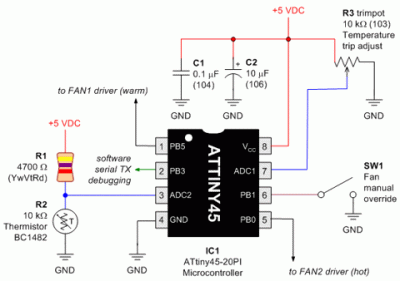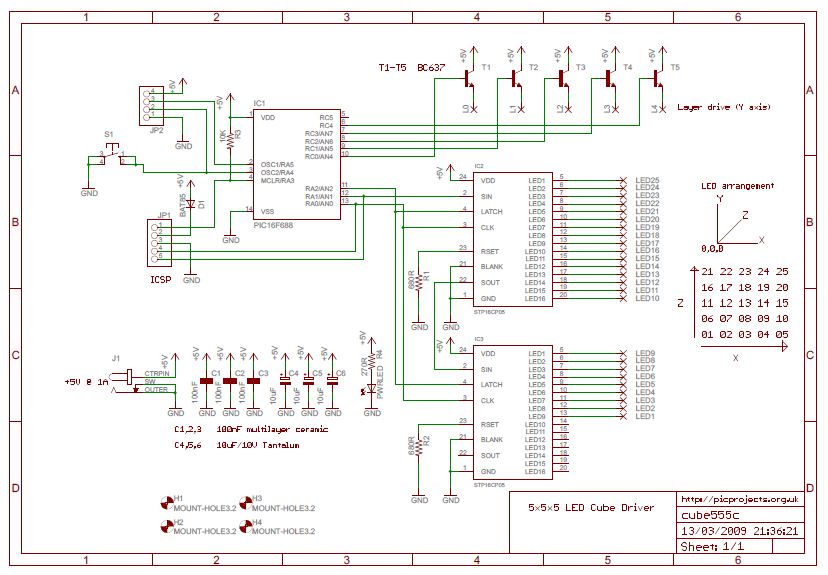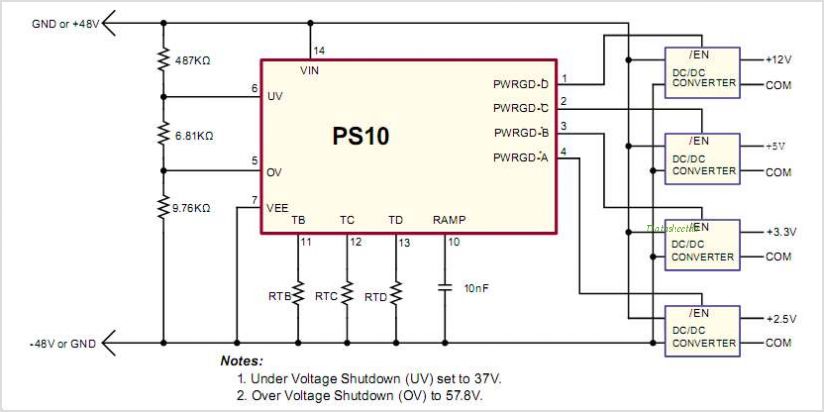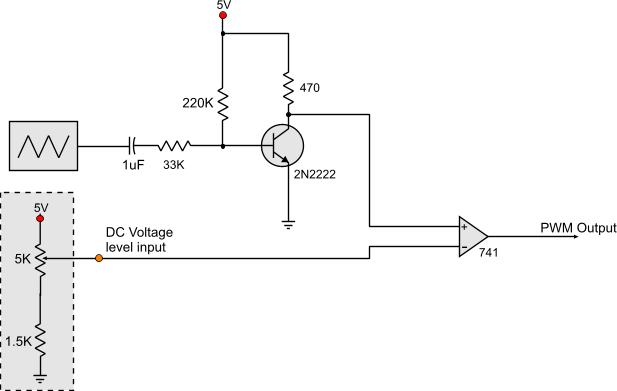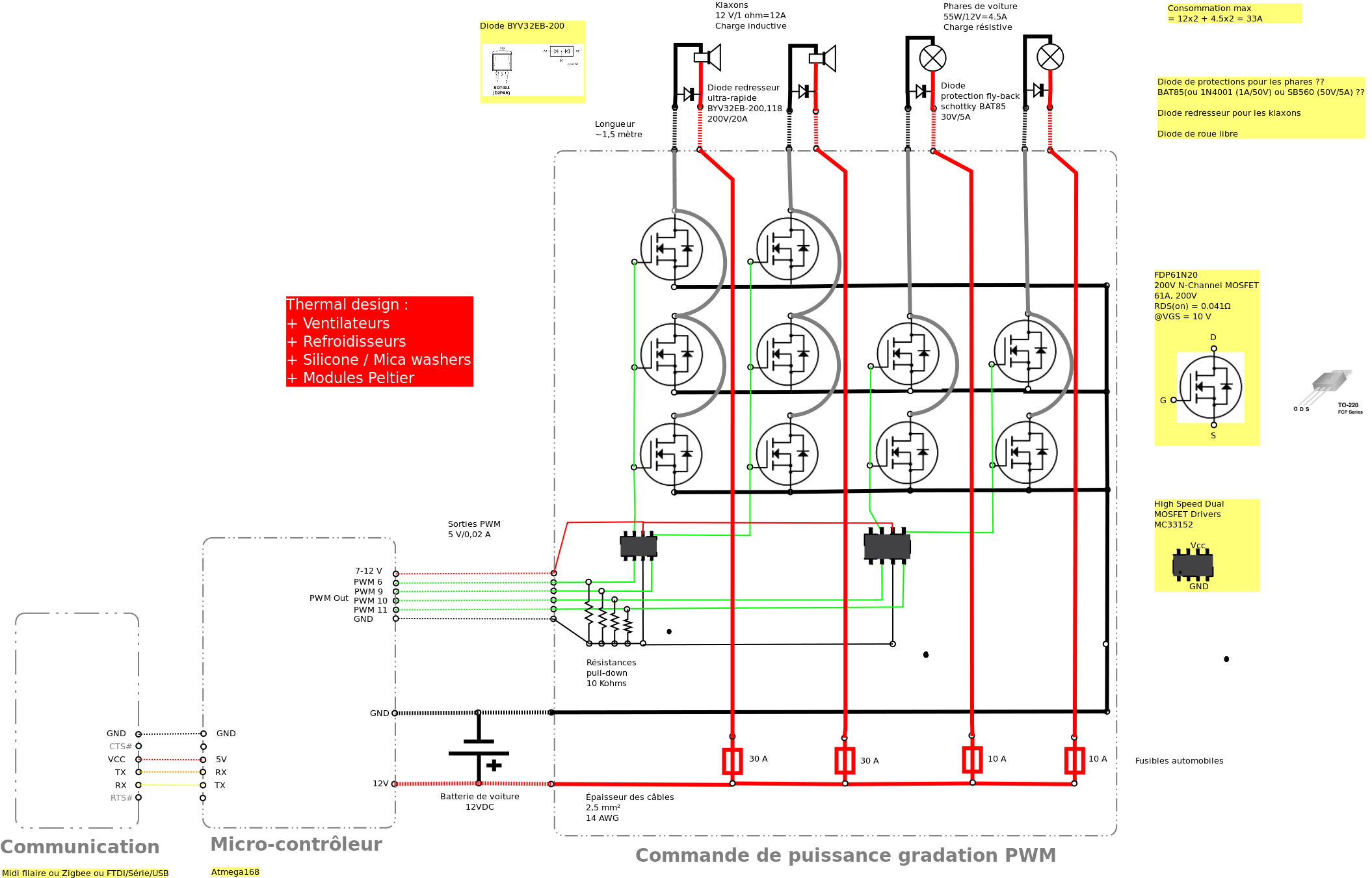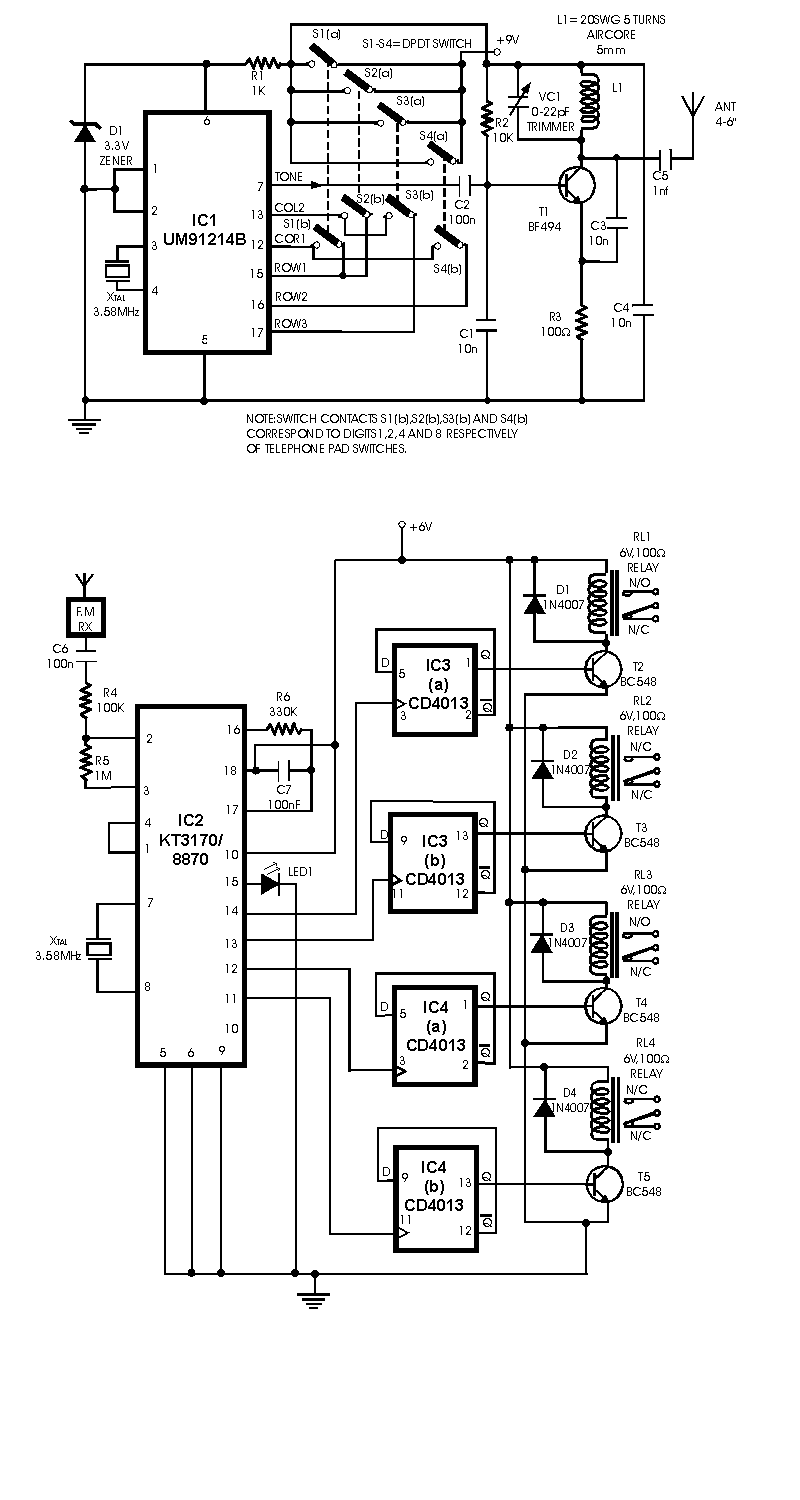
AC motor control
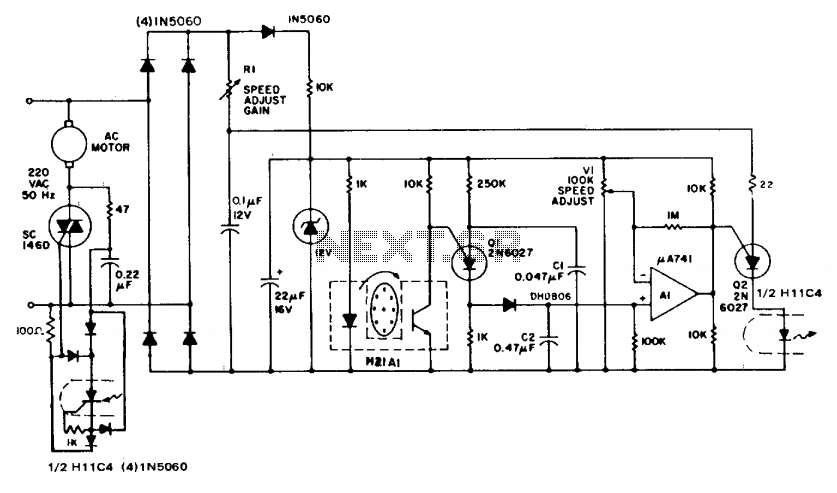
The circuit demonstrates feedback speed regulation for a standard AC induction motor, a task that is typically challenging to achieve without the use of an expensive generator-type precision tachometer. When the apertured disc connected to the motor shaft allows the light beam to pass through the interrupter module, the programmable unijunction transistor (Q1) discharges capacitor (C1) into a larger storage capacitor (C2). The voltage across C2 is directly proportional to the motor's rotational speed. This speed-related voltage is then compared to an adjustable reference voltage (V1) using a monolithic operational amplifier (A1). The output of A1 generates a DC control signal for the second programmable unijunction transistor (Q2). This latter component is synchronized with the AC supply frequency and provides trigger pulses to the triac in a conventional manner, with the phase angle determined by the speed control resistor (R1) and the actual motor speed.
The described circuit employs a feedback mechanism to regulate the speed of an AC induction motor effectively. The key components involved include the apertured disc, which serves as a rotational speed detector, and the interrupter module that generates a light beam. As the motor rotates, the disc interrupts the beam, enabling the detection of the motor's speed through the discharge of capacitor C1. The programmable unijunction transistor (Q1) plays a crucial role in this process by controlling the discharge of C1 into the larger capacitor C2, which accumulates charge proportional to the motor's speed.
The operational amplifier (A1) is configured to compare the voltage on C2, which reflects the motor speed, against a reference voltage (V1). This comparison is essential for determining whether the motor speed is above or below the desired setpoint. The output from A1 translates this comparison into a DC control signal that modulates the second programmable unijunction transistor (Q2). This transistor is synchronized with the AC supply frequency, ensuring that the control signals are in phase with the power supply.
The triac, being the final control element in the circuit, receives trigger pulses from Q2. The timing of these pulses is critical, as it dictates the phase angle at which the triac conducts. The phase angle is influenced by the speed control resistor (R1) and the actual speed detected by the system. By adjusting R1, the user can fine-tune the motor speed, allowing for precise control over the motor's operation.
Overall, this circuit provides an effective and cost-efficient solution for speed regulation in AC induction motors, eliminating the need for expensive tachometers while maintaining accuracy and responsiveness in speed control.The circuit illustrates feedback speed regulation of a standard ac induction motor, a function difficult to accomplish other than with a costly, generator type, precision tachometer. When the apertured disc attached to the motor shaft allows the light beam to cross the interrupter module, the programmable unijunction transistor, Ql, discharges capacitor, Cl, into the much larger storage capacitor, C2.
The voltage on C2 is a direct function of the rotational speed of the motor. Subsequently, this speed-related potential is compared against an adjustable reference voltage, VI, through the monolithic operational amplifier, Al, whose output, in turn, establishes a dc control input to the second P.U.T. (Q2). This latter device is synchronized to the ac supply frequency and furnishes trigger pulses in the conventional manner to the triac at a phase angle determined by the speed control, Rl, and by the actual speed of the motor. 🔗 External reference
The described circuit employs a feedback mechanism to regulate the speed of an AC induction motor effectively. The key components involved include the apertured disc, which serves as a rotational speed detector, and the interrupter module that generates a light beam. As the motor rotates, the disc interrupts the beam, enabling the detection of the motor's speed through the discharge of capacitor C1. The programmable unijunction transistor (Q1) plays a crucial role in this process by controlling the discharge of C1 into the larger capacitor C2, which accumulates charge proportional to the motor's speed.
The operational amplifier (A1) is configured to compare the voltage on C2, which reflects the motor speed, against a reference voltage (V1). This comparison is essential for determining whether the motor speed is above or below the desired setpoint. The output from A1 translates this comparison into a DC control signal that modulates the second programmable unijunction transistor (Q2). This transistor is synchronized with the AC supply frequency, ensuring that the control signals are in phase with the power supply.
The triac, being the final control element in the circuit, receives trigger pulses from Q2. The timing of these pulses is critical, as it dictates the phase angle at which the triac conducts. The phase angle is influenced by the speed control resistor (R1) and the actual speed detected by the system. By adjusting R1, the user can fine-tune the motor speed, allowing for precise control over the motor's operation.
Overall, this circuit provides an effective and cost-efficient solution for speed regulation in AC induction motors, eliminating the need for expensive tachometers while maintaining accuracy and responsiveness in speed control.The circuit illustrates feedback speed regulation of a standard ac induction motor, a function difficult to accomplish other than with a costly, generator type, precision tachometer. When the apertured disc attached to the motor shaft allows the light beam to cross the interrupter module, the programmable unijunction transistor, Ql, discharges capacitor, Cl, into the much larger storage capacitor, C2.
The voltage on C2 is a direct function of the rotational speed of the motor. Subsequently, this speed-related potential is compared against an adjustable reference voltage, VI, through the monolithic operational amplifier, Al, whose output, in turn, establishes a dc control input to the second P.U.T. (Q2). This latter device is synchronized to the ac supply frequency and furnishes trigger pulses in the conventional manner to the triac at a phase angle determined by the speed control, Rl, and by the actual speed of the motor. 🔗 External reference
Warning: include(partials/cookie-banner.php): Failed to open stream: Permission denied in /var/www/html/nextgr/view-circuit.php on line 713
Warning: include(): Failed opening 'partials/cookie-banner.php' for inclusion (include_path='.:/usr/share/php') in /var/www/html/nextgr/view-circuit.php on line 713
